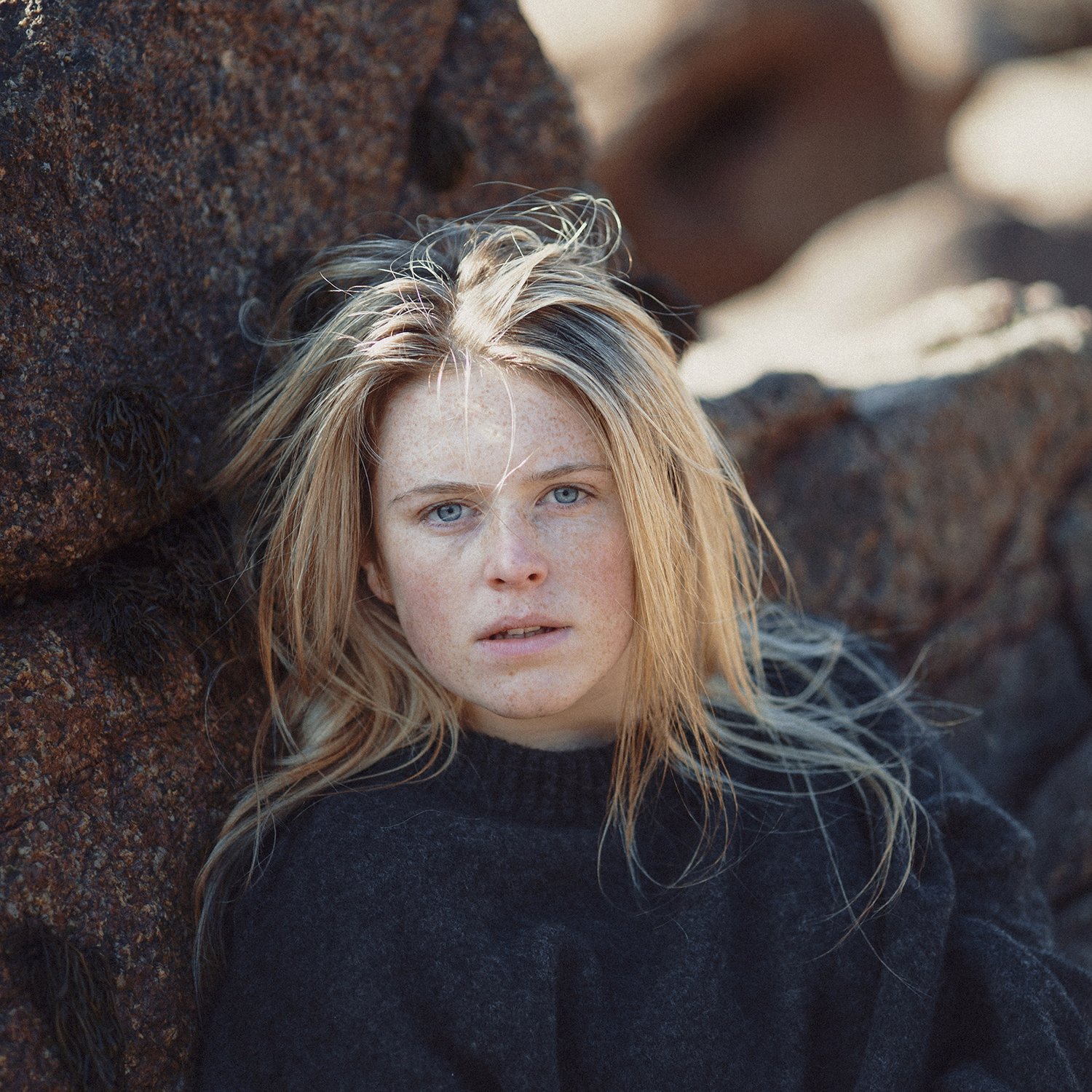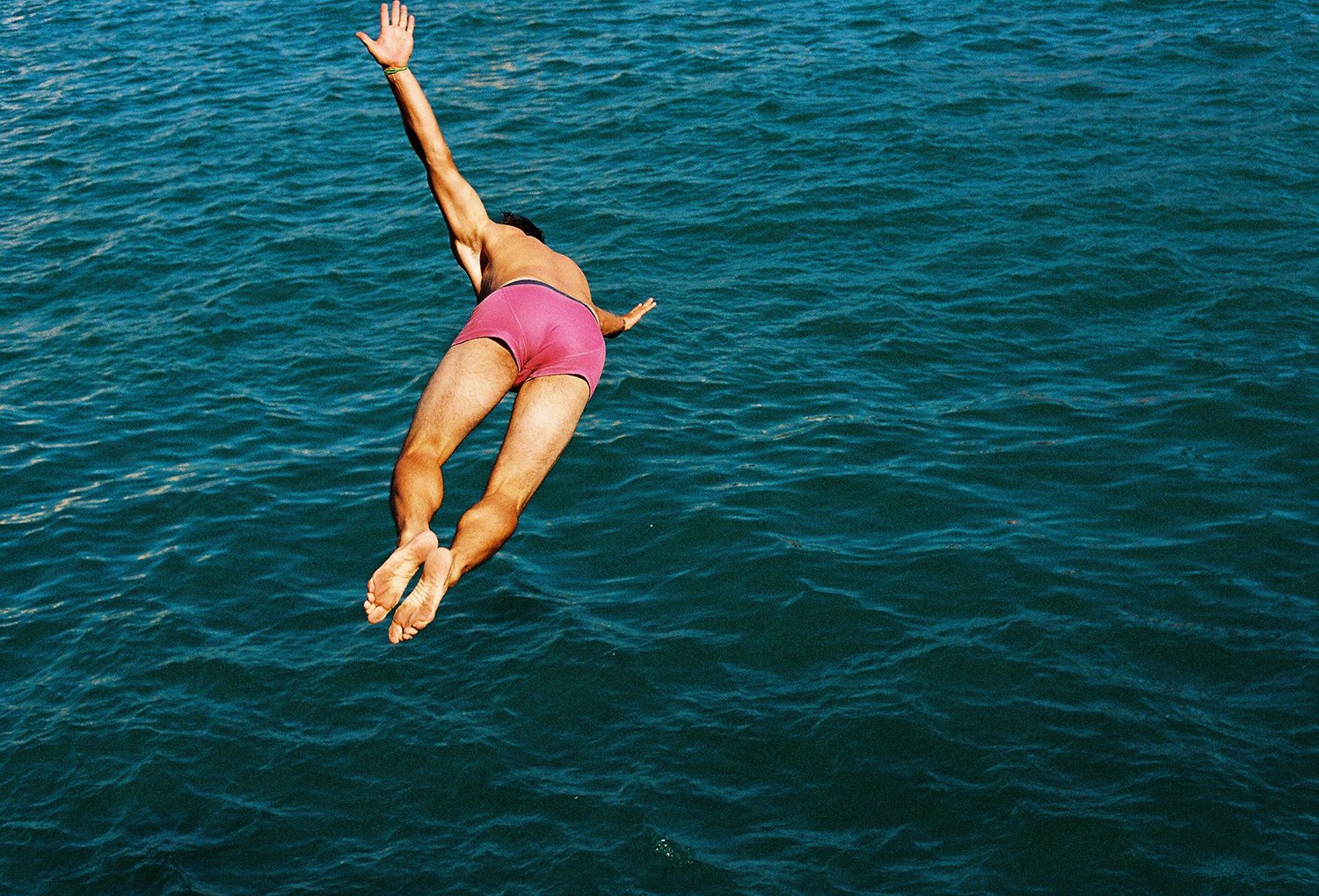My in depth Camera Buying Guide
Introduction & Personal Insights
If you've found your way here, chances are you're in the same boat as various others who've messaged me over the years—curious about which camera and lens to invest in. Trust me, I know how overwhelming the choices can be. That's why I've put together this guide based on my own go-to gear.
These are more than just recommendations; they're the cameras and lenses I've personally used and trust. Whether you're just starting out in photography, love capturing your travels, or even fancy exploring the timeless charm of film, this guide is tailored to help you make informed choices.
So, if you've ever wondered what I shoot with or have admired any of the photos I've shared, chances are they were captured with one of the cameras or lenses mentioned here. Consider this guide a friendly nudge in the right direction, from one photography enthusiast to another.
The Budget-Friendly Holiday Camera
If you’re about to head off on an adventure and need to capture it on something that can do a bit more than your phone's camera. There are a few options out there if you need more firepower without the hefty price tag.
What to Look For
Optical Zoom: Unlike digital zoom, optical zoom lets you capture far-off details without degrading image quality.
Replaceable Batteries: Handy for those long journeys when recharging isn't an option.
User-Friendly Controls: You want to take pictures, not solve a Rubik's Cube.
My Recommendations
If you need a super budget-friendly camera for a trip or just to keep in your pocket for general snaps and documenting daily llife, I immediately go to the Canon PowerShot G12. It's compact yet versatile. With features like manual control and a flip-out screen, it’s a real steal for its price. Plus, additional PowerTrust batteries are easy and cheap to buy.
For those willing to invest a bit more for their holiday photography, the Canon PowerShot G1 X II is an excellent choice. This even more compact camera offers “pro” DSLR-like performance in a smaller, more travel-friendly body. Its large 1.5-inch sensor delivers exceptional image quality, capturing detailed and vibrant photos. The lens has a flexible zoom range and a wide aperture, making it versatile for various shooting scenarios—from sweeping landscapes to intimate portraits. Additionally, its user-friendly interface and various manual controls make it a good option for both beginners and more experienced photographers looking for high-quality shots without the bulk of a DSLR.
Image photographed on the Canon PowerShot G1 X II
Image photographed on the Canon PowerShot G12
The Advanced Camera for Learning and Growing
If you want to really dive into photography and start taking your hobby to the next level, the qualities you look for in a camera will obviously change. As you begin to prioritize features like image quality, versatility, and advanced options that allow you to capture your unique vision with precision. Ultimately, your journey toward becoming a skilled photographer is intimately connected to the selection of the right camera that will accompany you on this creative expedition.
Key Questions to Ask Yourself
Budget: Knowing your spending limits will help narrow down your options.
Subject Matter: Wildlife, portraits, street photography? Different subjects have different needs.
Expandability: Do you want a camera system that will grow with your skill level?
Image photographed on the Canon EOS 60D
Image photographed on the Canon EOS 6D
My Recommendations
It's time to bust a photography myth: your camera lens often matters more than the camera body. The lens shapes your image before the camera sensor even goes to work. While most modern camera bodies have decent sensors that capture good images, the default kit lenses that come with them often leave you with flat, lifeless photos. Investing in good glass—meaning a quality lens—can make all the difference.
Good lenses give you faster focus, better low-light shooting, and a depth of field that brings your images to life. If you have to bump up your camera's ISO in low light conditions it’ll only ever make your images look grainy (in a bad way) and give you nasty colors, a quality lens allows you to lower the aperture, which lets more light through, thereby reducing grain and enhancing image quality. A lens with an F/1.2 aperture lets in about 1.4 times more light than an F/1.4 lens and over 2 times more light than an F/1.8 lens. This makes it incredible for low-light shooting!!
Image photographed on the Canon EOS 60D.
Ideal Budget-Friendly Camera Choice
When it comes to picking a camera that gives you the best bang for your buck, the Canon EOS 6D tops the list. Why? Well, it's got a full-frame sensor, which means you get better image quality and a wider field of view compared to cameras with smaller sensors. Trust me, this is a camera that can take a hit. I've had beer thrown over it during concerts, and it's still ticking. Quick and accurate autofocus ensures that you never miss a shot. It's a camera you can count on for years.
Image photographed on the Canon EOS 6D
Super Budget-Friendly Camera Alternative
If you're starting out or on a tight budget, consider the Canon EOS 60D. It's less robust than the 6D and doesn't have a full-frame sensor, but it offers enough features for someone who is learning or wants a reliable second body. The good thing is that it's compatible with a variety of Canon lenses, which means you can still get some solid shots if you invest in quality glass.
Ideal Lens Choices
A great lens can make or break your photography, regardless of the camera body you're using. If you can splurge a bit, consider the Canon EF 50mm f/1.2 L USM. This lens has an aperture of f/1.2, which lets in heaps of light. It's perfect for shooting in low-light conditions without resorting to high ISO settings, which can make your images grainy. The lens offers a natural field of view, almost akin to the human eye, making your images feel more lifelike.
For a more versatile option, the Canon EF 24-70mm f/4 L IS USM IS USM is a great choice. It covers a broad focal length range, making it ideal for capturing everything from wide landscapes to close-up portraits. It's a staple in most pros' camera bags for a reason. However, I personally tend to steer away from zoom lenses like the 24-70mm. While they are versatile, I find that they can sometimes make me a bit lazy in composing shots; with a zoom, you can stand in one place and cover a lot of ground. Prime lenses, on the other hand, force you to think more about your positioning, composition, and framing, which can lead to more intentional and compelling photos. Also, prime lenses generally offer wider apertures than zoom lenses, allowing for better low-light performance and a shallower depth of field.
Image photographed on the Canon EF 50mm f/1.8 II
Image photographed on the Canon EF 50mm f/1.2 L USM
Budget-Friendly Lens Alternatives
On a budget? No problem! The Canon EF 50mm f/1.8 II is your friend. Although it's built less robustly than the f/1.2 version, it still performs incredibly well for its price. It's a prime example (pun intended) of how you can achieve stellar results without breaking the bank.
Another excellent choice in the budget-friendly category is the Canon EF 50mm f/1.4 USM. While not as fast as the f/1.2, it still offers great low-light performance and provides a pleasant bokeh, or background blur, for your portraits. it is quite a delicate lens and can break quite easily (I have gone through a few) so treat it with care.
There you have it. Whether you have some cash to invest or you're pinching pennies, there are options for you to get into photography without sacrificing quality. Always remember, it's not just the camera that makes the photographer; your lens choice and technique are just as important, if not more so.
So whether you're a budding photographer or looking to step up your game, don't skimp on lenses. Your future portfolio will thank you!
Image photographed on the Canon EF 50mm f/1.4 USM
digital Camera Buying Tips!
Invest in Lenses: Quality lenses often matter more than the camera body for better images.
Second-hand is GOOD: Reputable shops like MPB offer warranties on used gear.
Go Full-Frame: Better image quality and lens flexibility.
Choose Prime Lenses: Generally sharper and better in low light than zoom lenses.
Fast Aperture: Good for low light and creating soft background blur (bokeh).
Brand Ecosystem: Stick to brands with a wide range of compatible lenses.
Robustness Counts: Durable cameras like the Canon EOS 6D withstand challenging conditions.
Future-Proof: Opt for expandable camera systems.
Battery Life: Long battery life or easily replaceable batteries are a plus.
Sensor Size: Larger sensors usually mean better image quality and low-light performance.
Venturing into Film Photography
Introduction to Film Cameras
Film photography offers a timeless charm and a unique nostalgic appeal that digital photography simply cannot replicate. The tangible process of loading film, adjusting settings manually, and patiently waiting for the film to be developed creates a sense of anticipation and connection to the art form. The subtle imperfections, grain, and color shifts in film photographs add character and depth to each image, allowing them to tell a story in a way that digital images often cannot. In a world saturated with instant gratification and flawless extra-sharp digital shots, film photography offers a refreshing break, allowing photographers to slow down, appreciate the craft, and capture moments with a touch of magic.
Image photographed on the The Pentax ME Super
Image photographed on the Canon EOS 1000
My 35mm Recommendations
The Pentax ME Super is a stellar choice for beginners in film photography. With manual focus and aperture priority, you get the best of both worlds. Aperture priority allows you to set the aperture while the camera sorts out the shutter speed, letting you focus more on your framing and less on technicalities.
For those who already have a collection of Canon lenses, the Canon EOS 1000 is a no-brainer. It’s compatible with most Canon lenses, meaning you won't have to start from scratch. Best of all, it’s inexpensive, so if it gets damaged or stolen, replacing it won’t break the bank. In fact, the film inside the camera can often cost more than the camera itself!
The Canon EOS-1V is probably the pinnacle of Canon's film camera lineup and is an amazing high-end option, especially if you're already invested in Canon's digital ecosystem. Its compatibility with EF lenses allows you to seamlessly switch between film and digital bodies. Built like a tank, the EOS-1V offers advanced features and a ridiculously fast autofocus, making it an excellent investment for anyone committed to film photography. The rugged design ensures durability, allowing you to focus on capturing stunning images rather than worrying about your gear.
Image photographed on the Canon EOS-1V
My medium format Recommendations
The Pentax 67 is a medium-format powerhouse that manages to maintain the familiar ergonomics of a 35mm SLR, making it an excellent choice for photographers transitioning from smaller formats. Its generous 6x7cm negative size captures immense detail, offering a visual richness that smaller formats can't match. The camera's build quality is robust, and its lens lineup offers exceptional optical quality. For those willing to explore beyond 35mm without sacrificing the familiar SLR feel, the Pentax 67 is a go-to option that I find myself consistently returning to.
Image photographed on the Pentax 67
Conclusion
Whether you're a newbie looking to capture memories or a more experienced photographer looking to up your game, there's a camera out there for you. Armed with this guide, you're now ready to make a more informed decision. Happy shooting!












